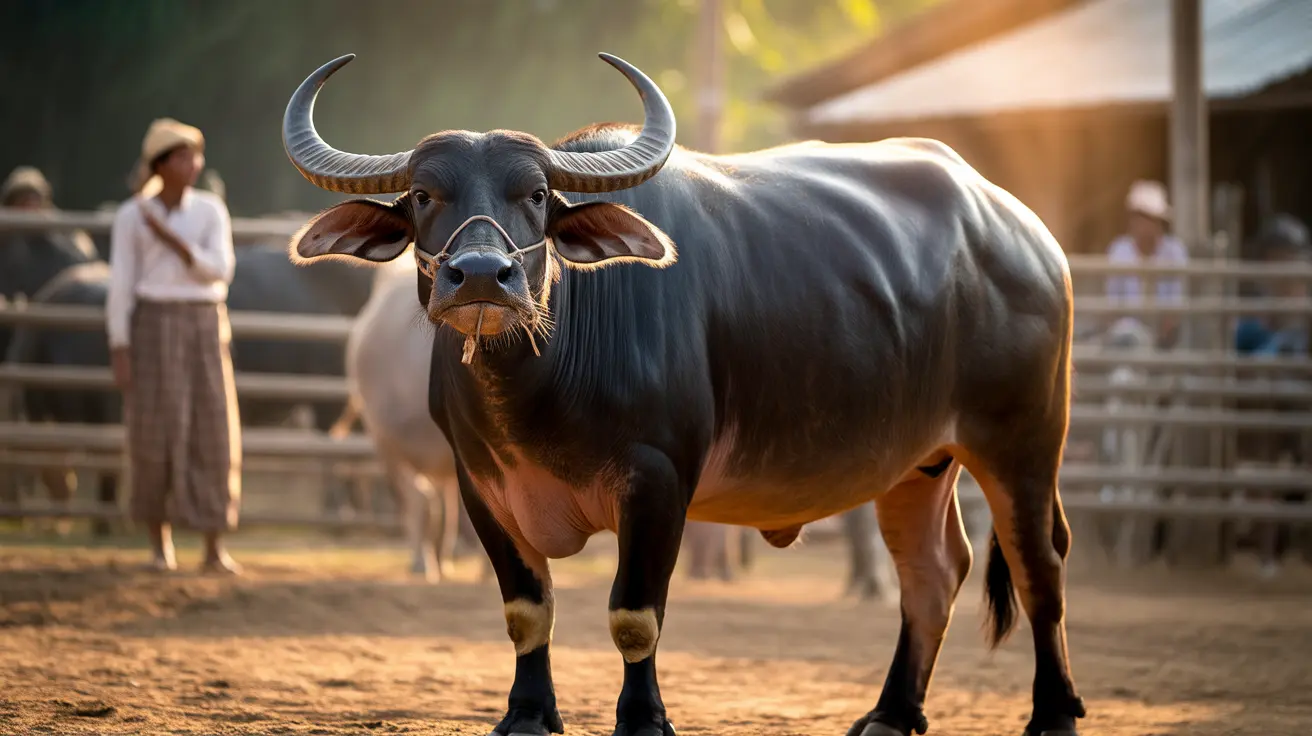The World's Rarest Dog Breed: The Norwegian Lundehund
When it comes to dog breeds, rarity often sparks intrigue. Whether due to low population numbers, historical significance, or geographic isolation, rare dog breeds are both fascinating and often misunderstood. Among them, the Norwegian Lundehund holds the distinction of being the rarest dog breed in the world today.
What Makes the Norwegian Lundehund Unique?
The Norwegian Lundehund, or Puffin Dog, is not only rare due to its limited population—estimated to be fewer than 1,500 worldwide—but also due to a combination of extraordinary physical and behavioral traits developed through centuries of evolution in Norway’s harsh coastal environment.
- Six toes on each foot: Unlike other dogs, the Lundehund was bred with six fully functional toes to help it climb rocky cliffs when hunting puffins.
- Flexible joints: This breed can bend its head backward along its spine and extend its forelegs to the sides—traits that helped them navigate narrow caves.
- Closeable ears: The Lundehund's ears can shut completely to block dirt and moisture, an advantage for a dog traversing caves and cliffs.
A Glimpse Into History
Originating in Norway’s Lofoten Islands, the Norwegian Lundehund was historically used for hunting puffins, a seabird that nests along the cliffs. The breed’s name literally means “puffin dog.” Puffins were once a vital food source, and the dog’s agility and specialized features were crucial for catching birds hidden in tight crevices. However, after puffin hunting was outlawed and other dog breeds were favored, the breed’s numbers went into steep decline.
Why Is the Norwegian Lundehund So Rare?
Several factors have contributed to the breed's rarity:
- World War II: During the war, distemper outbreaks and food shortages nearly wiped out the breed.
- Inbreeding and genetic bottleneck: With so few surviving dogs, the gene pool became very limited, which makes health issues more common among current Lundehunds.
- Specialized nature: Because they were bred for a very specific task—puffin hunting—their skills didn’t easily translate to widespread appeal as companion or working dogs.
The Breed Today
Today, devoted breeders and enthusiasts are working hard to preserve the Norwegian Lundehund. The breed is recognized by major kennel clubs including the American Kennel Club (AKC) and the Norwegian Kennel Club. Most Lundehunds are found in Norway, although small pockets of breeders exist in North America and Europe. Conservation efforts include controlled breeding programs to broaden the limited gene pool, known as the “Lundehund Project.”
Temperament and Companion Suitability
The Lundehund is known for its independent and curious nature. They are intelligent but can be stubborn, which may make training a challenge. Nonetheless, they exhibit loyalty and are affectionate with their families. Here are some additional traits:
- Energy level: Moderately active, they enjoy exploring and playing but do not need excessive exercise.
- Sociability: Can be wary of strangers but generally get along with familiar individuals and other pets.
- Training: Requires patience and consistency due to an independent streak.
Health Concerns
Due to limited genetic diversity, Norwegian Lundehunds are prone to a condition known as Lundehund Syndrome, a digestive disorder that can complicate nutrition and long-term health. Responsible breeding has helped minimize its occurrence, but potential owners should work with veterinarians familiar with the breed.
How to Support Rare Breeds Like the Lundehund
Preserving rare dog breeds is about more than curiosity—it’s about safeguarding genetic diversity and cultural heritage. Here are some ways to help:
- Adopt or foster through breed-specific rescue organizations.
- Support dedicated breeders who follow ethical practices.
- Educate others about the importance of rare breeds.
- Participate in breed clubs or fundraising events.
Conclusion
The Norwegian Lundehund is a living relic of a bygone era with characteristics unlike any other dog breed. Its rarity stems not only from population numbers but from centuries of specialized adaptation. Conserving this fascinating breed requires vigilance and passion—from breeders, veterinarians, and dog lovers alike. Whether you're considering ownership or simply intrigued by canine diversity, the Lundehund deserves recognition as the rarest and one of the most remarkable dogs in the world.





